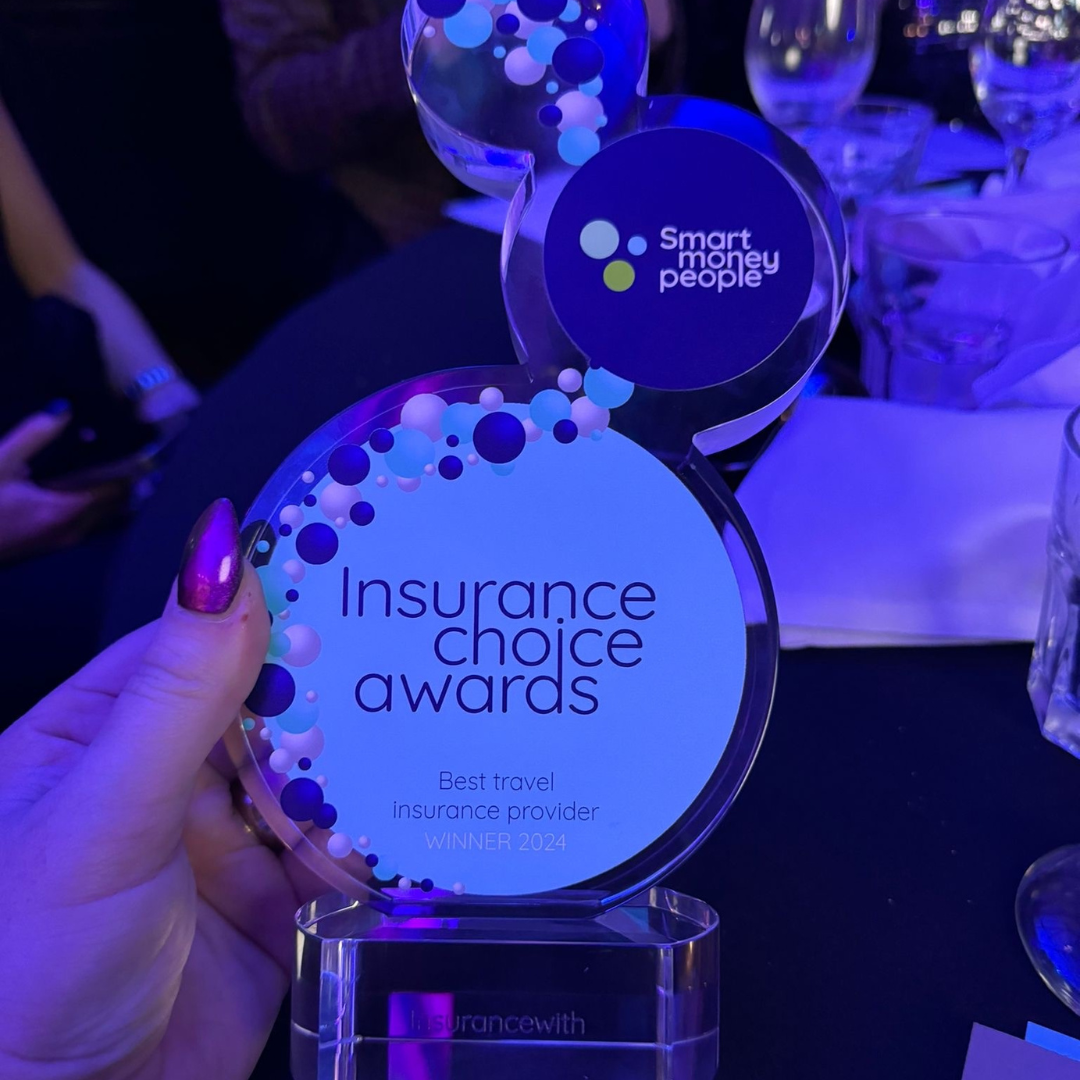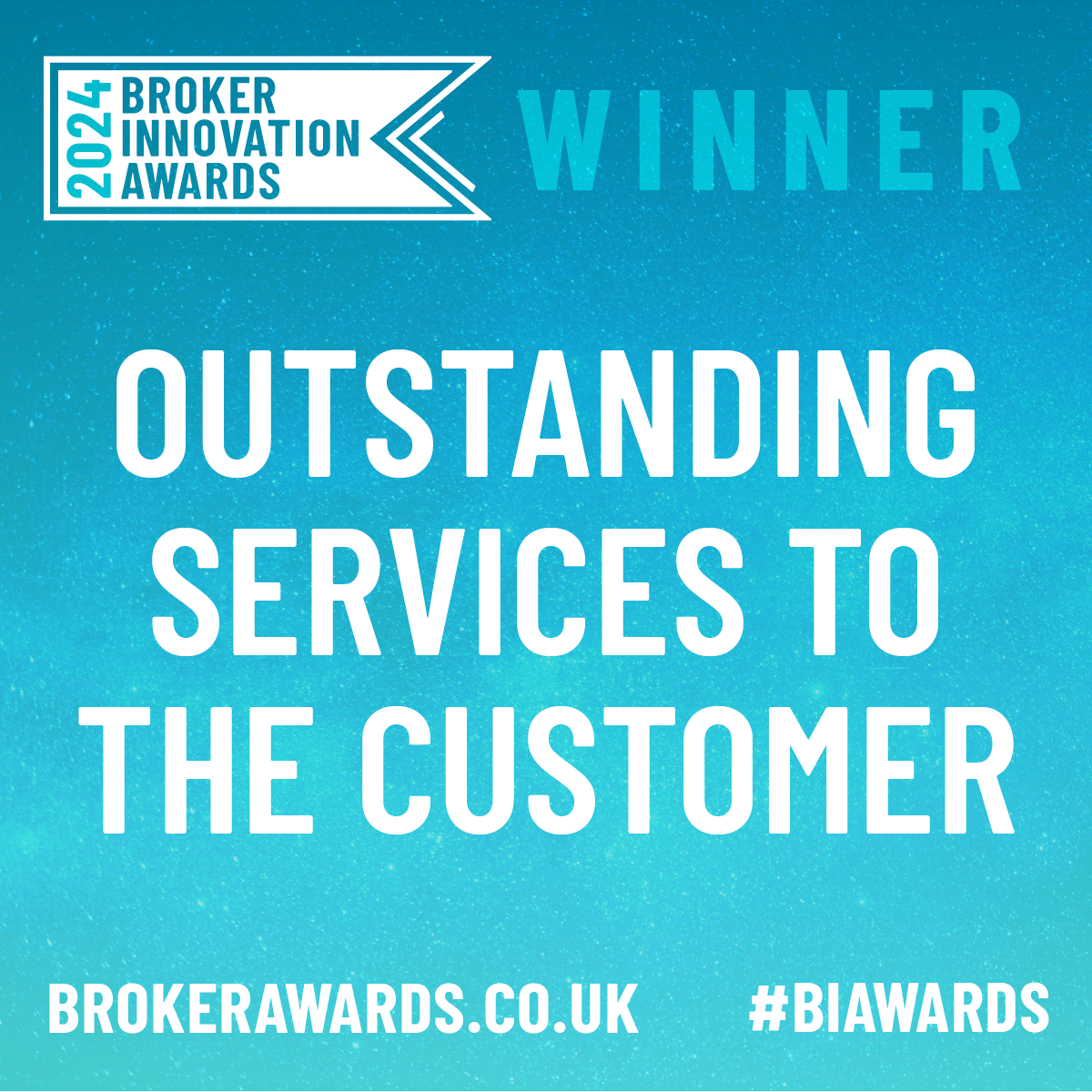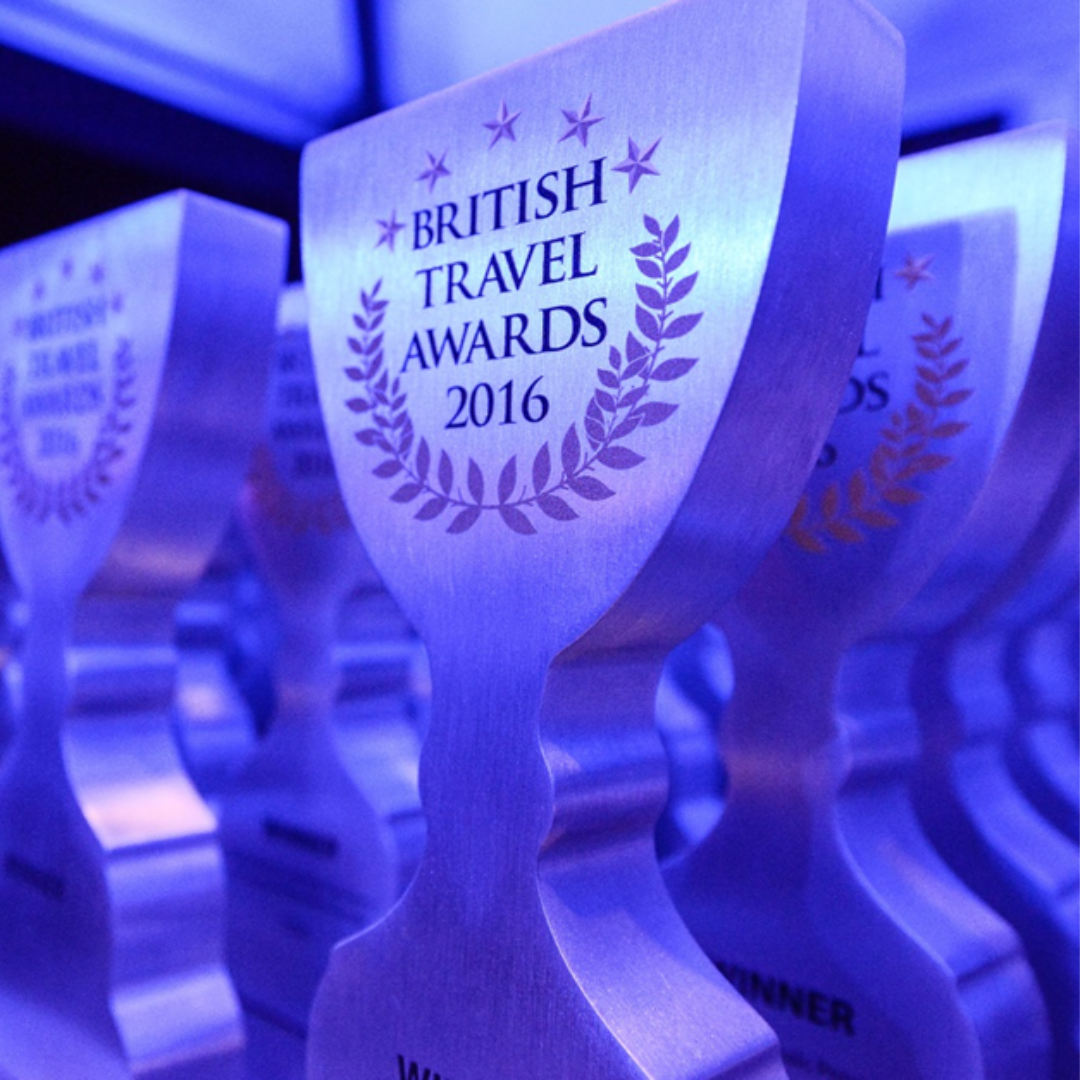A heavily-debated topic amongst cruisers, cruise wear is something of a grey area and one of those things that experience can teach you well.
A good place to start is by checking your cruise operator’s specific dress code. Websites and brochures contain this sort of information, and cruise-related discussion boards or community forums are great places to go to hear advice from those with experience.
For every dress code, there are always some who try and bend the rules to fit them. If a tux is required for dinner, someone will try and get away with just a suit, but there are cases of people being turned away from the dining rooms for not being dressed appropriately.
A remnant of a bygone cruising golden age, the requirement for formal wear at dinner is merely a tradition that is favoured amongst regular cruisers and it all adds to the experience. More modern budget lines are looking to cater for those who don’t own formalwear and still want to cruise, meaning that each cruise line has its own set of rules.
During the day, no matter what ship or cruise line you are on (varying only due to itinerary), you’ll find men dressed in t-shirts, polo shirts and shorts or khakis. Women are similarly dressed in casual day dresses, skirts, shorts, t-shirts and cardigans. It’s only the dining time that the ship’s crew ask passengers to dress up for. Shorts are generally a no-no, but a smart-casual dress will probably cover more possibilities if you’re not sure what to pack.
Luxury lines are more likely to ask you to ‘suit up’ for dinner, whereas the more mainstream lines will either have dedicated formal nights or dressing smart-casual will do.
If this is your first cruise, embarkation day can be a blur of queue after queue and trying to remember a lot of information all at once, which can be stressful especially when within a limited amount of time.
Make sure you arrive at the port with plenty of time to queue for check-in and boarding of the ship. Some people choose to fly to the port of departure the night before in order to sleep at a hotel and leave enough time for everything required to board, without the rush or panic of leaving from home. If you’re driving to the port, leave enough time to park, stop for food or toilet breaks and any other unexpected delays you might come across on the roads. Missing the ship’s initial departure means you miss out on a lot and it can cost a lot of money to ‘catch up’ with it at the next port.
Passengers with suites or members of exclusive cruise clubs or loyalty packages tend to get priority check-in, with special queues and lounges or faster embarkation. You can pay extra for this privilege when you book your tickets.
Be well-prepared for the queues to be huge. Bring water, and snacks if you’re bringing children.
Make sure you’ve got all the right required documentation and any prescriptions you may need before you turn up to check-in.
Cruise operators don’t allow their passengers to go straight to their accommodation upon boarding the ship until a certain amount of time has passed. This time is for the crew and staff of the ship, allowing them to get your luggage to your cabin safely. Most people head straight for the bar, buffet or pool if they’ve put their swimwear in their hand luggage. You can check out the shops or other amenities during this time, too.
There is a safety departure day ‘muster’ drill, which must be attended by all passengers as part of every ship’s safety regulations. This might put a downer on beginning your holiday but the knowledge involved in the drill is life-saving and should you find yourself in a situation, it’s better that you know it.
Memorise your cabin number as soon as you are issued with one. Cruise lines don’t publish them on cruise cards or tickets for security reasons, so memorise it before you board and you won’t find yourself lost or with no idea where to go without checking your ticket.
Embarkation day is a famous day amongst regular cruisers. You board the ship and get an embarkation ‘Bon Voyage’ drink specific to the cruise line. Often described as one of the most delicious drinks you’ll ever have, don’t be fooled into thinking this drink is complimentary – it isn’t, but it adds greatly to the atmosphere and is all part of the experience.

On 13th May I visited Joanne Smith in Newcastle. Joanne is the founder and CEO of one of the charities that Insurancewith supports, FACT (Fighting All Cancers Together). The visit was for a talk and advice session for FACT service users on travel insurance for people diagnosed with cancer. Read more
The physical side effects of treatment can be really tough, with fatigue, inflammation and pain being the most common, not to mention the emotional strain having treatment for a prolonged amount of time can have on a patient.
Read more
If this is your first cruise, finding the best deal and booking your cruise can leave you feeling pretty overwhelmed or clueless to how it all works.
First of all, if you’re not comfortable or ‘fluent’ with the internet contact your local travel agent and see what offers they can provide for you.
The internet is a great place to go if you’re looking for a deal on a cruise. Norwegian Cruise Line deal exclusively with bookings taken online, and other cruise lines are starting to follow in suit. If you have no idea where to start, go straight to Google or the cruise lines websites to see what cruises best suit you, your travelling companions and your joint interests.
Word-of-mouth ensures you’re getting good value for money, so if you’ve got any friends who have been on a cruise ask them about their experience – Which line did they travel with? Where did they visit? How was the service?
Another option is to use a third-party discount cruise website. You can check out the reputation of the cruise company, see reviews, compare the prices and as long as you read the small print, you should be fine.
The most important thing is to make sure your cruise suits you. Make sure you’re likely to use the amenities on-board, as some ships can sail for up to 5 days without stopping, and you could get bored of the books and music you bought along for that very reason. Ships tailor for every individual taste, from Asian fusion cooking, history and art lectures, to zip-wiring across the ship or using the on-board cinema.
The next thing to check is itineraries and where your ship is going. Choose an itinerary that interests you, and preferably somewhere you haven’t explored before. Ships sail in thirteen cruising regions; Baltic, Pacific, Arctic, Atlantic, Antarctic, Caribbean, Australian, Worldwide, Middle East, Far East, Panama, European and Mediterranean. For those who are interested in exotic sunbathing opportunities, the Caribbean is likely to be suited to you instead of a historical cruise where you can explore the ancient culture and civilizations of bygone eras.
Once you’ve picked out which cruise you want to go on, it’s important to book as soon as possible as cabins, excursions and free upgrades go fast, plus in booking early, you have more time to make the rest of the payments for your cruise holiday. However if you’re willing to take the risk, last minute booking are great for people who can be flexible and chase a good deal.
Cruise lines offer discounted cruises around hurricane season in order to fill their cabins with people willing to take the risk of a changed itinerary or delayed, cancelled or altered cruise.
Similarly, if it’s getting too close to the cruise’s departure date and the ship still doesn’t have booked maximum occupancy, it’ll drop its prices in order to get as many people on-board as possible.












